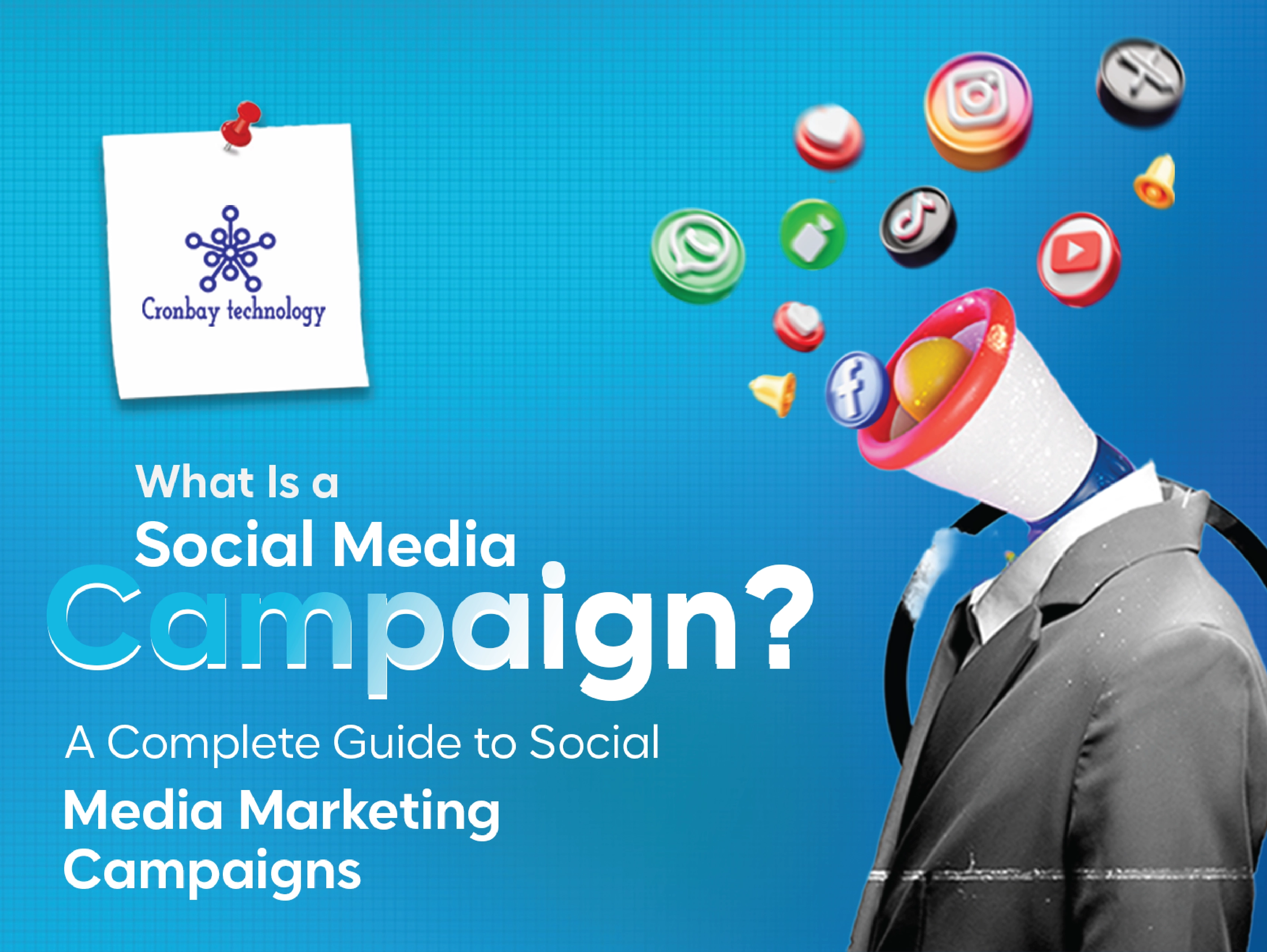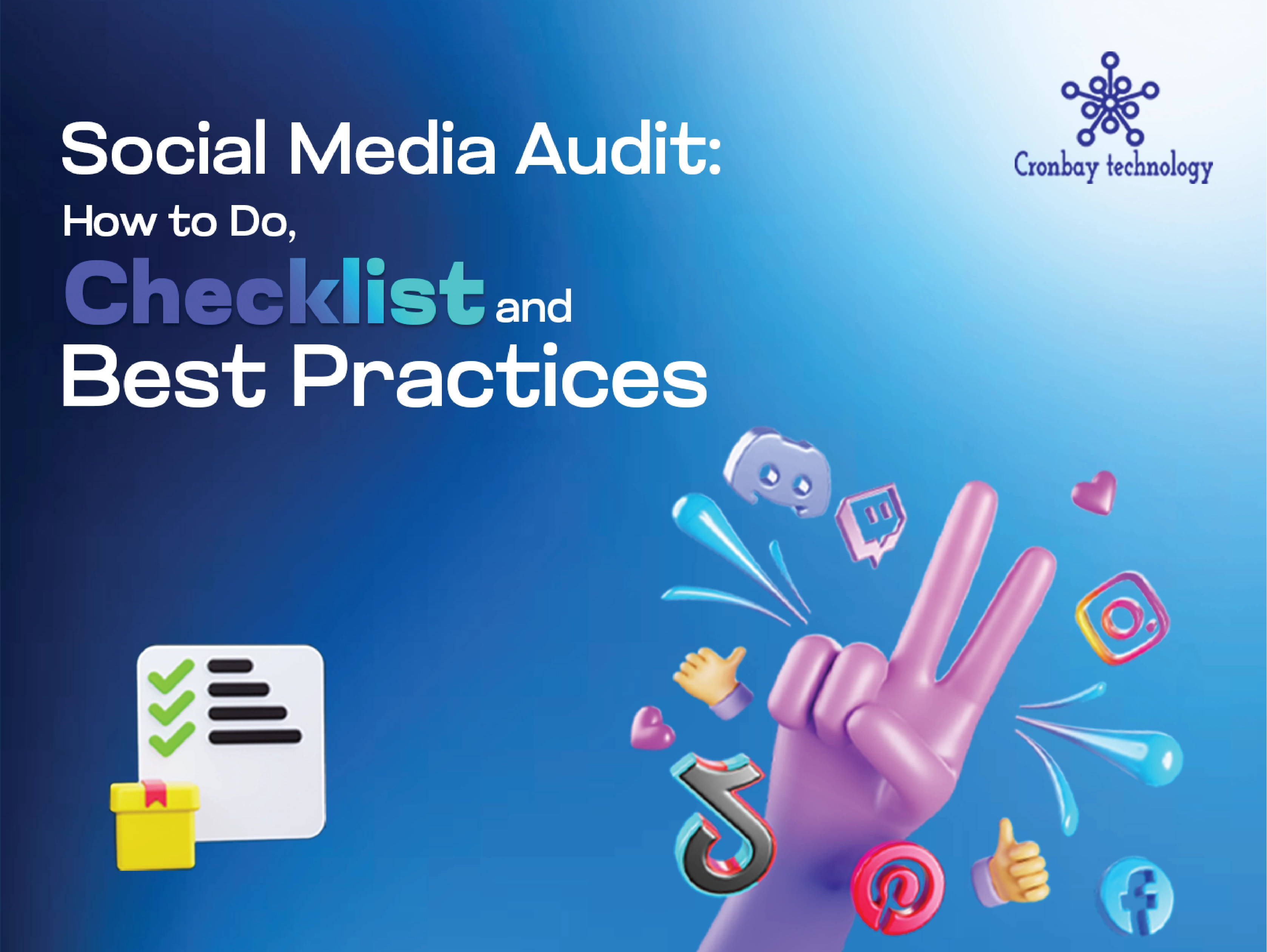Want to know what website spam score checker stands for? Let's start this and get the gist of spam score by taking an example. To check spam score, we'll explore various tools and techniques that can help you maintain a healthy website.
Of course, we know one spam backlink won't harm anything. Yet, for instance, if your website gets a lot of spam backlinks, the consequences can be disastrous. Your site could be flagged as a spam site leading to severe penalties.
In reality, one of the primary causes of Google's deindexation, penalties, and ranking decreases is spam links. For this reason, you must stay away from them at all costs. Effective link building strategies are crucial for maintaining a low spam score and improving your organic traffic.
Thankfully, a rating system can be used to stop backlink spam. Let's call it the Spam Score. And I'll tell you all you need to know in today's post on Spam Score Checker—what it is, how it functions, and how to utilize it to make sure spam score isn't interfering with your SEO efforts. We'll also explore various SEO tools that can help you in this process.
According to Moz's latest findings:
- A spam score of 1%-30% is considered a Low Spam Score. Almost 92.6% of websites fall into this category.
- A spam score of 31%-60% is considered a Medium Spam Score. And, almost 5.7% of the website fall in this range
- A spam score of 61%-100% is considered a High Spam Score. Almost 1.7% of the websites fall in this range.

Don't get lost by a tonne of maths; if you were searching for the definitive manual on spam score checker, Cronbay has you covered. Don't think too much right now. Take action now and continue reading to find out more about the spam score checker and save your website from being spammed.
What is the Spam Score of a domain?

A spam score is a metric used by Google to determine the level of punishment that a website has received. For SEO, a spam score of up to 5% is okay. In the beginning, a respected firm in website research, named MOZ company, offered the spam-score project, which is finally connected to the SEO problem. The Moz spam checker has become a popular tool for webmasters to assess their site's spam risk.
It is a tool that allows Google to block your website by analyzing the subdomains, fake websites, and backlinks received by your website to give you a score between 0 and 100; the closer it is to 100, the higher the spam score on your site, which will negatively affect your site's search engine rankings. Whether you use "Open Site Explorer" or other pam score tools, you'll be able to see if a spam score has been placed on your website.
Why Is Spam Score Important for SEO?

By now you know that a spam score is a critical metric that warrants your close attention for several reasons, offering invaluable insights into your website's SEO performance. Let's see why a website spam score checker is needed for any business:
1. Evaluation of Subdomains:
Spam score checker is quite useful in assessing the potential spam risk associated with your subdomains, shedding light on their overall credibility and trustworthiness. This information is vital for ensuring that all components of your website contribute positively to your SEO efforts and maintain a high page authority.
2. Assessment of Backlink Sources:
Spam score is also helpful in analyzing the spam likelihood of subdomains linked to your website. By understanding the quality of backlink sources, you can make informed decisions when acquiring links, safeguarding your site's reputation and search engine ranking. Regular backlink audits can help identify and remove toxic backlinks that might be harming your site's link equity.
3. Page-Level Spam Detection:
In addition to evaluating subdomains, Spam Score also aids in identifying the spamminess of individual pages. This nuanced insight allows you to pinpoint and rectify any potential issues promptly, mitigating the risk of search engine penalties due to spammy content. Utilizing tools like Google Search Console can provide additional insights into your site's performance and potential spam issues.
By leveraging the spam score checker effectively, you not only optimize your website's SEO potential but also safeguard its integrity and reputation in the digital landscape.
Top 5 Spam Score Signals You Need To Look Out For in 2024?

Come let us look into the top 5 key signals that help to determine the spam on your websites.
1. A Large Site with Few Connections
Having a large number of pages but relatively few links suggests that the information on those pages is of little or no value. This alerts search engines that these sites are spam and not worth linking to. It's crucial to focus on quality link building rather than quantity.
2. There is a Lack of Variety in the Links
It's a red warning if you're getting most of your inbound links from just a few different websites. A site with 500 inbound connections but just five linked domains is regarded to have poor link diversity. In other words, this signal would be raised if the 500 links originated from just five different websites. Be cautious of private blog networks as they can significantly increase your spam score.
3. The Ratio of Links with Do-follow and Links with No-follow
Do-follow links are more significant than no-follow links, even though they seem less critical. Having many inbound do-follow links is a sign that the site isn't organically gaining those connections. A balanced link profile is essential for maintaining a low spam score.
4. The Site's Markup is Too Small
JavaScript, CSS, and Schema are all part of the site markup. The fundamental goal of website markup is to improve the user's experience. As a result, low-quality graphical components, rudimentary HTML, and a heavy website with minimal structuring are clear spam indicators.
5. Less Internal Hyperlinks
Internal links are more likely to be found on websites with many excellent materials and pages. In addition, internal connections encourage visitors to spend more time on a website, a sign of a well-rounded user experience. Some search engines consider low-link-density sites to be spam.
If on checking these SEO signals, you find your spam score high, don't panic, we are here to help you in every step. Let us look into the strategies for reducing the spam score.
Look At The 14 Best Ways to Reduce the Spam Score of a Website

Now it's high time. You need to take action to reduce your spam score by following the actionable spam score checker ways. Here we have listed 10 best ways to help you reduce your website spam score checker and bring it under less than 5%.
1. Title Optimization:
Craft relevant titles for diverse topics, incorporating keywords for clarity and engagement to reduce the spam score.
2. Page Quantity:
Limit the number of pages to maintain a low spam score. Provide complete yet succinct content across multiple pages to meet reader needs without excessive fluff.
3. Quality Content:
Offer valuable, unique content that meets audience needs without duplicating material to reduce the website spam score checker. Focus on relevance and usefulness to enhance user engagement.
4. Meta Description:
Optimize meta descriptions within 155 to 160 characters to enhance SEO without appearing spammy. Use carefully researched meta keywords to add value without risking spam classification.
5. Domain Purchase:
Nextv tip for reducing the spam score is analyzing domain authority and metrics to ensure a spam score below five percent. Avoid domains with high spam scores to prevent potential penalties from search engines like Google.
6. Internal Linking:
Incorporate internal links strategically to improve spam score, site navigation, and engagement. Regularly include internal links to add value and connectivity to your website.
7. External Linking:
Use external links judiciously in navigation menus to enhance user experience. Avoid excessive external links to prevent your site from spam score, however, look for leveraging them effectively for improved SEO ranking.
8. User Experience:
Improve site navigation, page speed, and mobile responsiveness to enhance user experience and reduce the spam score checker.
9. Secure Website:
Secure your website with HTTPS to increase trustworthiness and security, thereby reducing the spam score.
10. Avoid Hidden Text and Links:
Eliminate hidden text or links to prevent the perception of manipulative practices.
11. Social Signals:
Engage in genuine social media activity to foster positive social signals. Avoid spam score-related automated tools for social media engagement.
12. Technical SEO:
Address technical issues like broken links, redirects, and crawl errors. Implement structured data markup correctly.
13. Malware Check:
Regularly scan for malware and keep website software, plugins, and themes updated to prevent security vulnerabilities and the spam score of the website.
14. Advertising Placement:
Consider the impact of advertising on user experience, especially intrusive ads, and adjust placement accordingly to improve overall site quality and reduce the website spam score checker.
Popular Website Spam Score Checker Tools To Check Out
1. Moz Spam Score Checker:
Moz Spam Score Checker tool is designed to identify potential content issues on websites swiftly.
Feature of the Moz spam score:
2. Ubersuggest:
Ubersuggest is a popular tool offering website spam score checker analysis in a detailed way.
Features of Ubersuggest:
Google's Update on Spam Score Checker
Introduction of New Guidelines:
Google has implemented updated spam score policies to address practices that undermine the quality of search results.
Key Focus Areas:
- Expired Domain Exploitation:
- Scaled Content Manipulation:
- Site Reputation Misuse:
This pertains to the acquisition of expired domains to exploit their previous credibility for hosting low-quality content, to manipulate search rankings.
This pertains to the acquisition of expired domains to exploit their previous credibility for hosting low-quality content, to manipulate search rankings.
The dissemination of third-party content with minimal oversight by the hosting site, is intended to manipulate search rankings by leveraging the host site's reputation.
Wrapping Up
This is all about improving your spam score checker for effective SEO analysis. With the gist in mind, you're now prepared to enhance your spam score checker and elevate your website rankings. Remember to use tools like the disavow tool if you need to remove harmful backlinks, and always prioritize spam filtering to maintain a healthy site.
Stay in the loop with the latest digital marketing updates! Don't miss out—keep checking regularly! Click here to discover the hottest blogs and trends, saving you precious time!
Frequently Asked Questions
Q1. How does competitor backlink analysis relate to maintaining a low spam score?
Ans. Competitor backlinking involves analyzing rival websites' backlinks to understand the competitive landscape. It aids in maintaining a low spam score by employing ethical linking practices and avoiding toxic backlinks.
Q2. How costly is it to maintain a low spam score?
Ans. Prioritize ethical methods to maintain a low spam score and enhance your brand reputation. Avoid black hat SEO tactics to prevent trust erosion, penalties, and hindered digital growth. While there may be costs associated with SEO tools and professional services, the long-term benefits of avoiding a manual action penalty far outweigh these expenses.
Explore the blog archives by Topics to discover related content.





